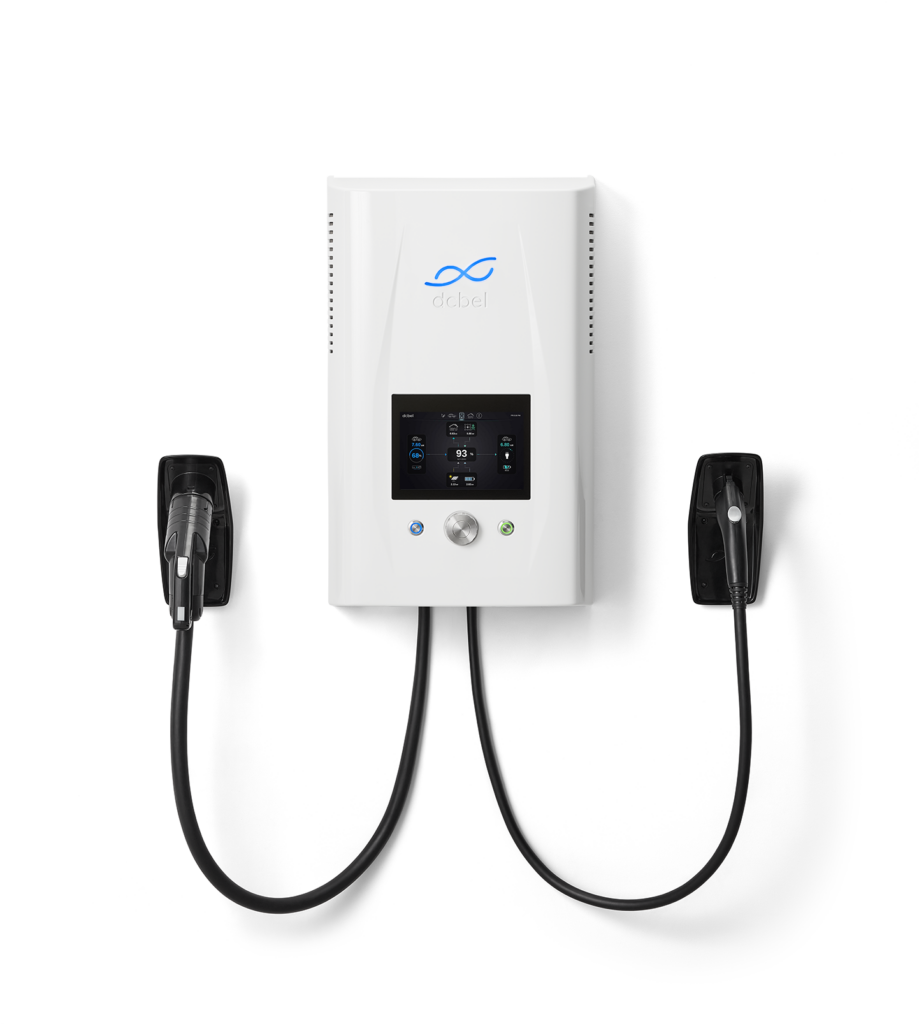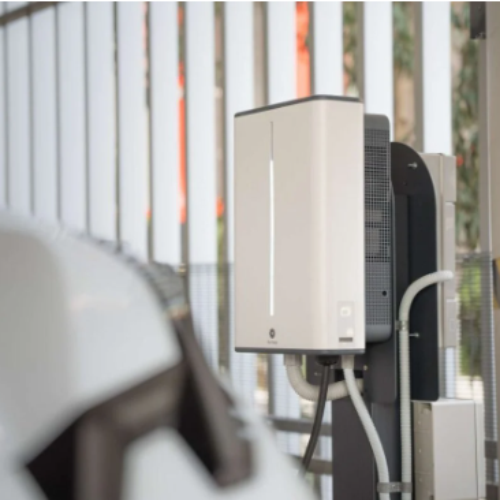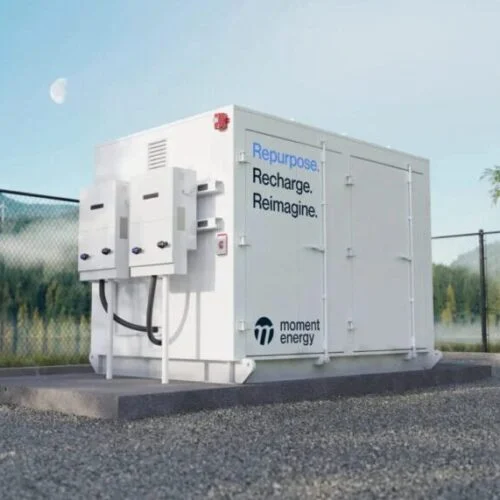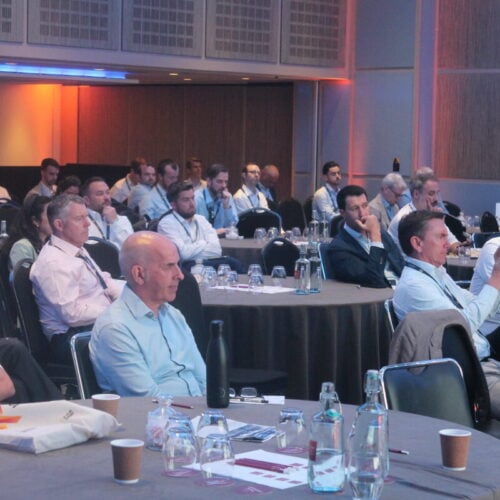With power prices at record highs, an increasing number of consumers are looking to domestic generation and smart home management to help reduce their bills.
New research from the Office for National Statistic’s suggests that 26% of energy bill payers in Britain are considering energy efficiency upgrades, with the installation of solar panels one of the most common actions considered.
As people transition to using electric vehicles (EVs) ahead of the ban on the sale of new internal combustion engine vehicles in 2030, demand for electricity is set to increase significantly, further improving the case for domestic solar generation for many.
With these spaces growing, so too is the smart home management sector, as companies look to capture increased demand. For example, Montreal headquartered company dcbel recently announced the launch of its all-in-one home energy station, the r16, in the UK.
“It plugs directly to the PV, so you save an inverter,” Laurent Schmitt, head of utilities and European developments for dcbel told Current± recently.
“It plugs directly into the 400 volt DC battery if you need it, and – most impressively – it plugs into your car. It’s V2G enabled, so while it is only CHAdeMO today, when CCS2 is upgraded to bidirectional, leveraging IEC15118-20 communication, we’ll offer the option to upgrade the cable with a CCS cable, and we’ll be able to retrofit into an existing house. And basically that means we are future proofing the product for EV owners, separating the EV choice from the home installation.”
The technology is designed to be scalable, he continued, further ensuring that it allows expansion and adaption.
By installing a smart system, households can avoid the highest price periods of grid energy – a move that will become easier as more flexible tariffs enter the market. Already there is the Octopus Agile tariff, and a number of EV charging specific tariffs available.
When combined with battery energy storage, the advantages of smart home management grow further, enabling more shifting of charging as it becomes less dependent on the vehicle being plugged in during the lowest cost periods of the day to truly take advantage of it, and avoid solar generation having to be curtailed, maximising its benefit.
“I have a lot of PV in my home for instance. Aligning grid export limits with solar power peak doesn’t make sense because you can only achieve the peak for a few hours in the year,” said Schmitt.
“I can withstand a three kilowatt peak in my home, but on average it’s 1kW or even lower. So actually, I would prefer to get 8kW in my home, because on average, I could get 3kW. And it’s better to curtail a few hours a year when you are eight, and then achieve an average of 3kW to maximise your home consumption coverage with PV – typically moving it from 30% to 60% from an average net zero home equipped with heat pumps.”
As the market continues to pick up pace, there are a number of key challenges that remain, not least ensuring there are enough installers available to match demand.
“We do have concerns about that, and we are looking at it quite closely,” said Schmitt.
“What we saw with COP26 is we need to move the solar PV market from 14GW to 40GW. And so, if you work it out mathematically, that means tripling the capacity installed over the next 20 years. Rooftops should be prime targets as associated installation minimises the impact to the Grid and so are easier to integrate through Smart exports tariffs.
“So the question is, where are we going to find the resources, where are we going to find the supply chain, and how can we source the components? I see the conversation ramping up, but it will be challenging to find the solutions”.






